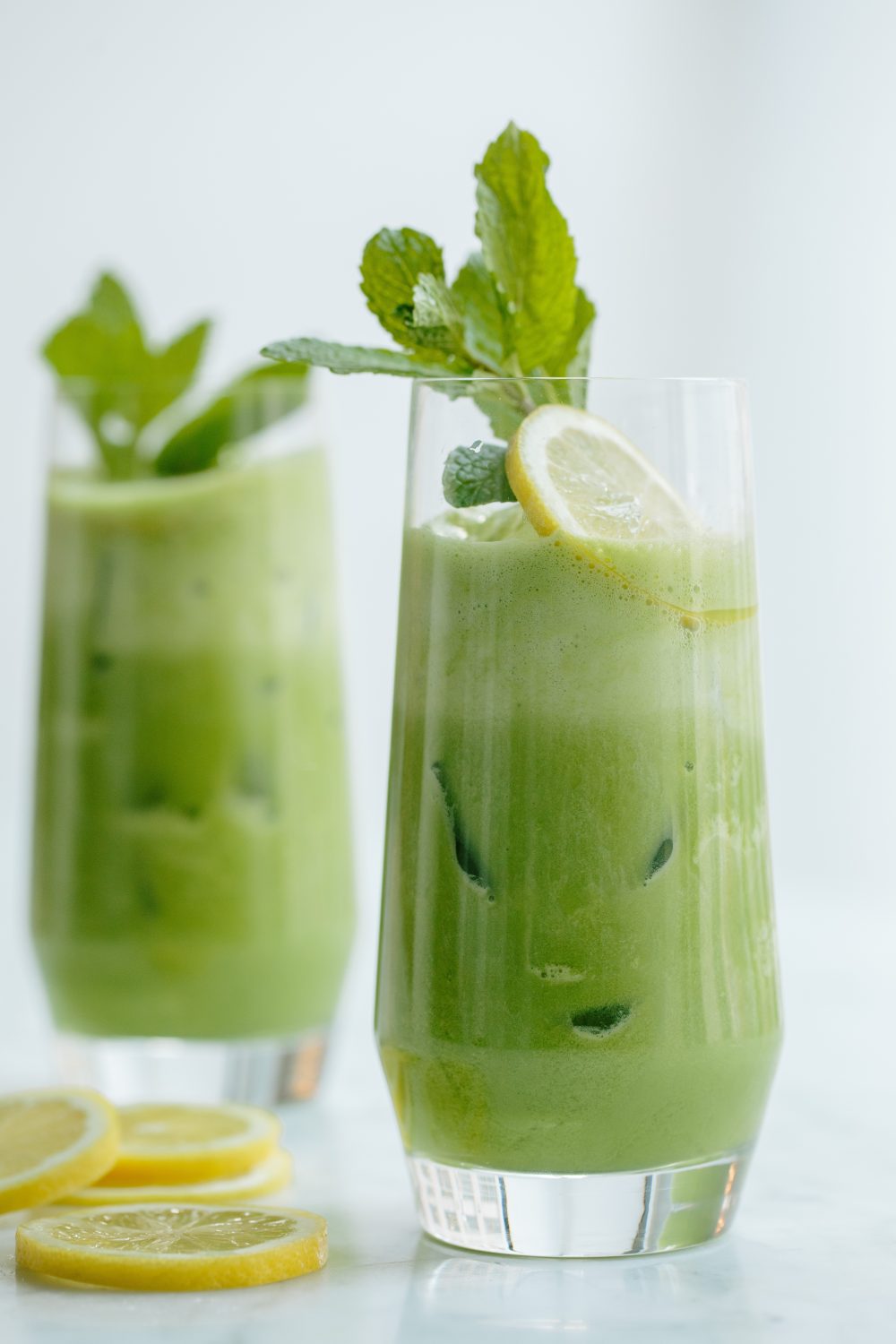
Cairo’s Minty Fresh Lemonade
After a long day trudging through the dust and heat of Cairo, we were thrilled when Zööba cafe chef and owner Moustafa El Refaey offered us a glass of the local answer to lemonade—lamoon bel neana. The frothy-creamy drink is made by blending lemon juice, milk, fresh mint and ice until frosty and smooth. The result is refreshing, bright and balanced. We followed El Refaey’s advice to create our own version. To make about two servings, in a blender puree until smooth 2 cups ice cubes, 2 cups lightly packed fresh mint, 6 tablespoons white sugar, 2/3 cup whole milk and 1/3 cup lemon juice. Pour into ice-filled glasses, then garnish with additional mint sprigs and slices of lemon.
Even Salt Benefits From a Bit of Seasoning
During a recent visit to Tokyo, we discovered Shioya Mamorishi, a boisterous shop that specializes in all things salt, even selling salted soft-serve ice cream. Offerings include special blends for specific uses—noodles and hard-cooked eggs among them—and more than 50 varieties of seasoned salts, blends that pair coarse- or fine-grained salts with everything from yuzu and shiso to black sesame and wasabi. Our favorites included sesame seed-matcha green tea salt and ginger salt. At Milk Street, we created our own versions of these blends by combining ¼ cup Diamond Crystal kosher salt with 1 tablespoon toasted white sesame seeds and 1½ teaspoons matcha (green tea) powder or with 1½ teaspoons ground ginger and 1 teaspoon white sugar. Both are delicious sprinkled on steamed rice, roasted sweet potatoes, pork chops, grilled portobellos, fruits such as mango or poached pears, and popcorn. Also try them on sweets such as sugar cookies, glazed cakes and ice cream.
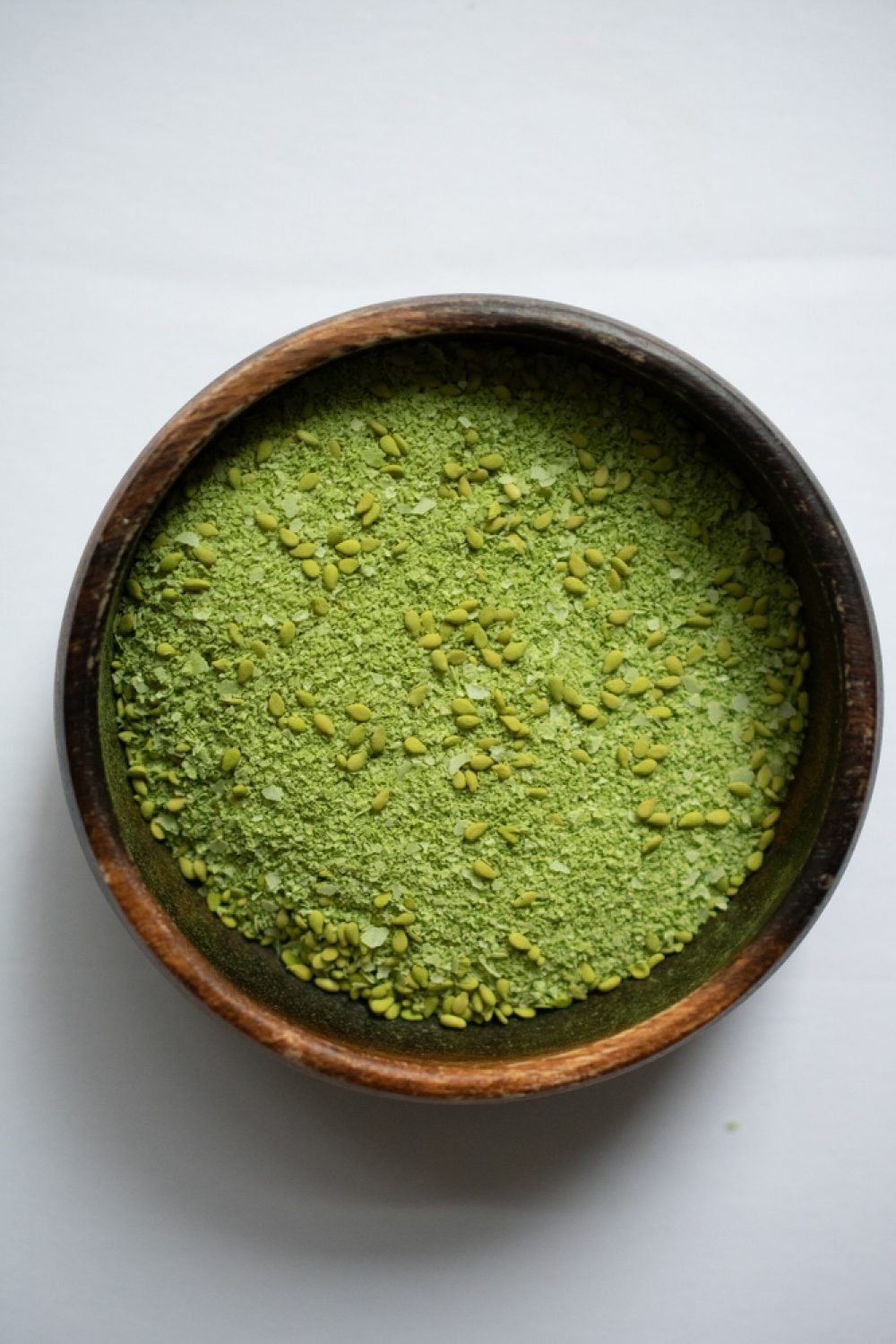
The Shape of Better Grilling
Cauldron-style charcoal grills may be common in the U.S., but across North Africa, the Middle East and Asia, cooks favor long, rectangular grills designed to accommodate skewered foods, such as satay and kebabs. The shape keeps the handle ends of skewers away from the heat, making it easy to move food and preventing wooden skewers from burning. And unlike circular grills, which concentrate heat at the center, the entire surface area can be used for even cooking. PartyGriller.com sells a variety of stainless steel models (starting around $95) that include folding legs for easy transport and end vents for controlling airflow.
Skip the Drip
No matter how careful we are, we almost always get drips when pouring soy sauce. And apparently, we aren’t alone. Hitachiya USA— a California-based company that specializes in Japanese cookware— sells a specially designed no-drip soy sauce pot. We liked the 20-ounce version, which lived up to the promise. Not a drop in sight when we drizzled soy sauce into a dipping bowl. Available for $34 at hitachiyausa.com.
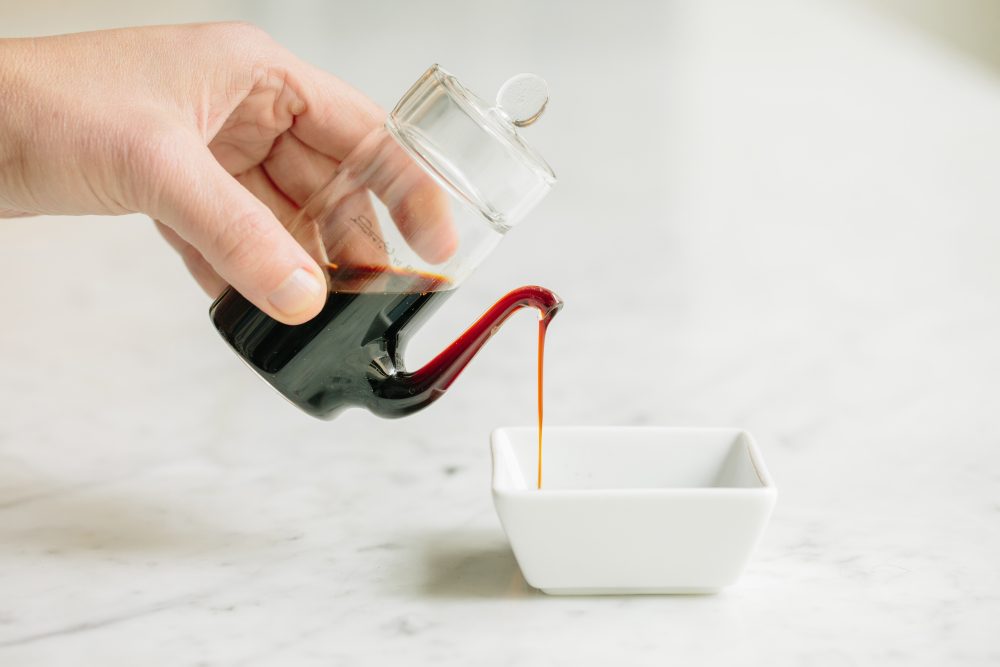
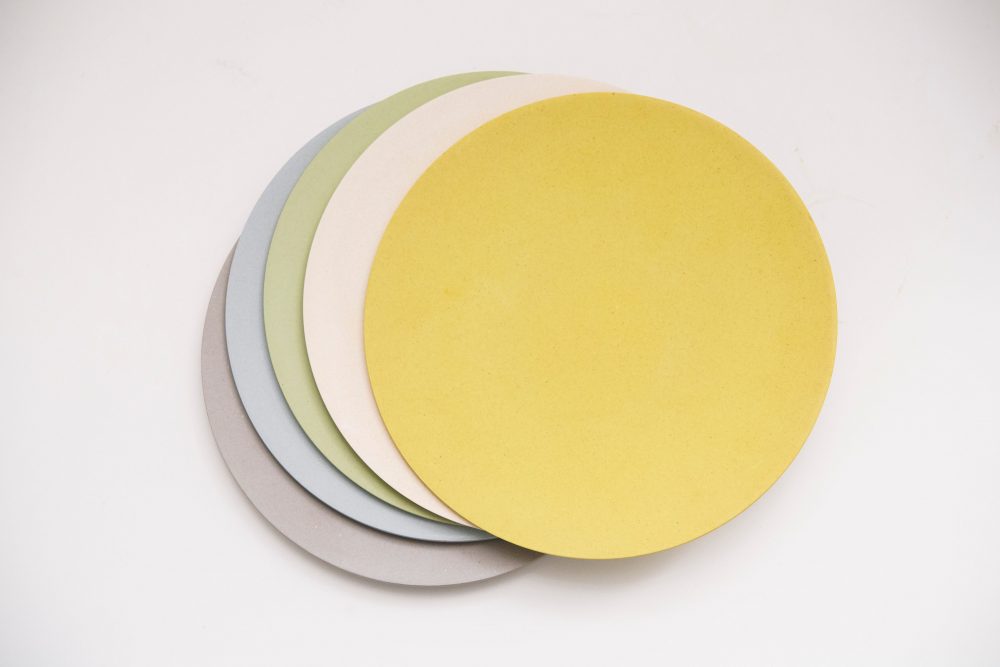
Good Looking and Good for Lunch
Plastic plates rarely inspire us. But while browsing a home goods shop in Copenhagen, Denmark, we were drawn to a collection of matte pastel dishes that impressed us with its clean aesthetic. Made by Dutch company Zuperzozial.com, the dishes are produced from a blend of bamboo, corn and melamine, giving them a satisfying texture. The company offers an extensive line of dishware, including bowls, cups and measuring spoons. Some of the collection is available on Amazon, where a set of six salad plates sells for around $30.
A Fast Way to Make Fine Shreds
A common late-night snack in Phnom Penh, Cambodia, is finely shredded coconut topped with syrup. When the sun goes down, women across the city set up shop curbside, shredding the creamy coconut meat using handmade double-sided scrapers. One end produces fine shreds, while the other creates wider strips. The same tool also is used to shred mangoes, carrots and cucumbers for salads. We bought ours for $3 at an outdoor market, but Amazon sells a set of four for about $12.
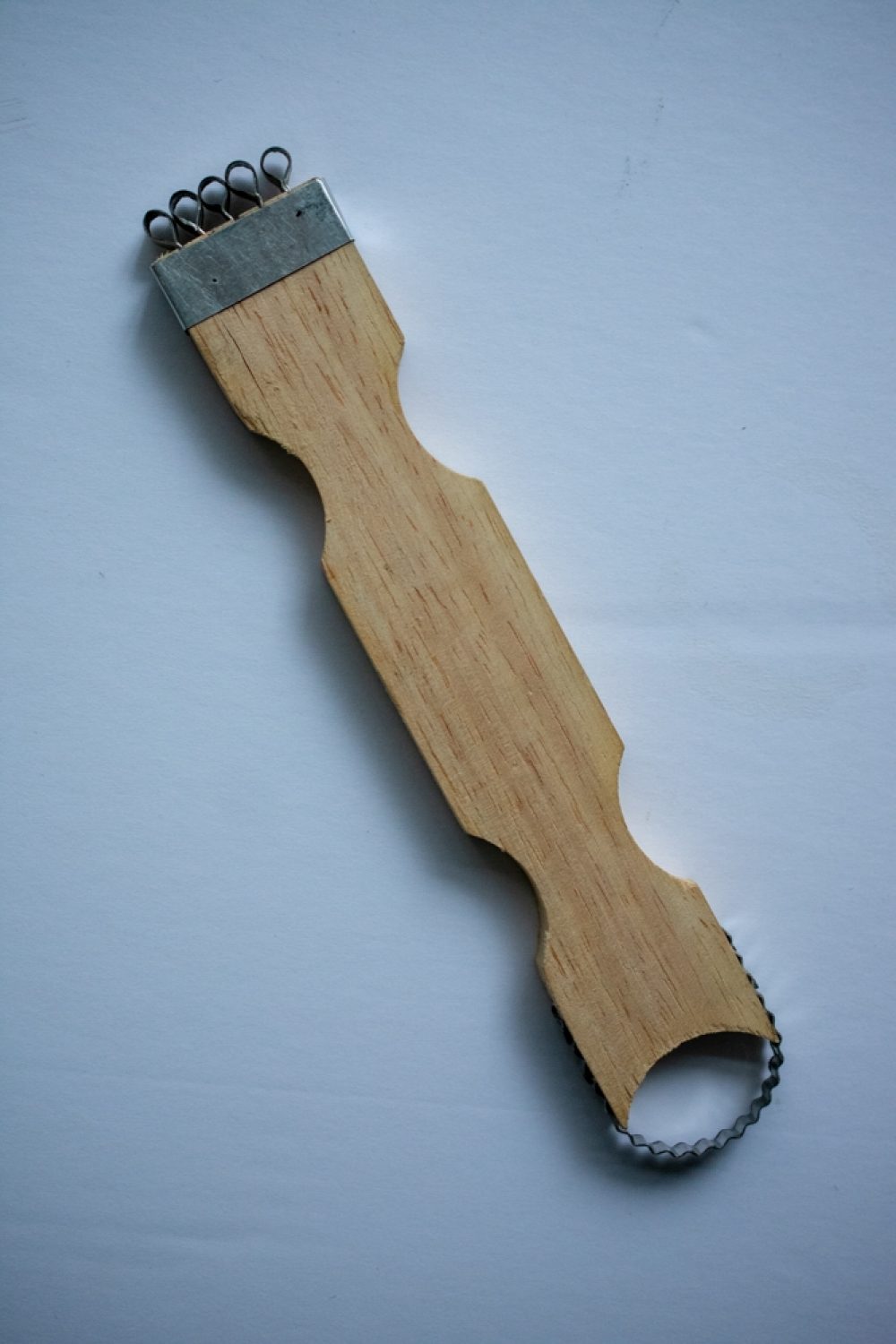
Toum, Beirut's Whipped Garlic
Plenty of cuisines transform garlic into pungent, creamy condiments—think agliata, skordalia, or aioli—yet none is quite so simple, nor so ethereally light, as Lebanon’s toum (pronounced toom).
There, the ubiquitous sauce accompanies grilled meats, sandwiches, even french fries. It’s made by blending copious amounts of raw garlic with olive oil, salt and lemon juice until it reaches the consistency of whipped cream. Though still strong, the lemon and oil tame the garlic’s bite.
To create the required emulsion, you’ll need a standard-size blender (a high-capacity model, such as a Vitamix, is too large for the quantity of ingredients). For ease, we opted to use prepeeled garlic cloves.
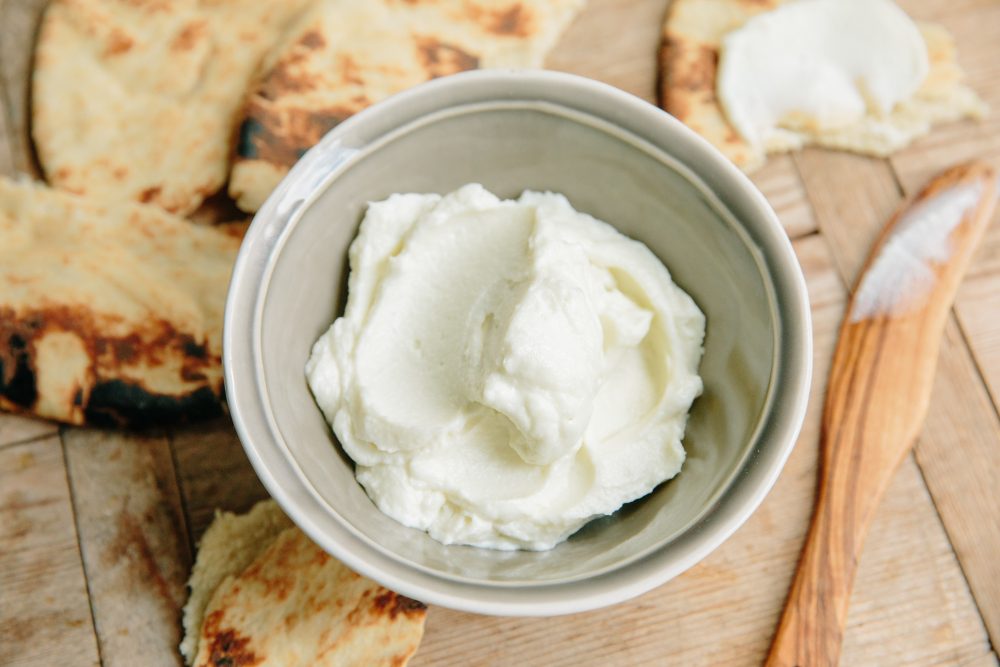
This cloud like condiment is robustly savory.
To make, in a small cup, combine 3 tablespoons lemon juice and 2 tablespoons water. In a blender, process ½ cup peeled garlic cloves, ½ teaspoon white sugar, 2 tablespoons of the lemon juice mixture and 2 teaspoons kosher salt until smooth, about 1 minute, scraping down the jar halfway. With the blender running, drizzle in ½ cup olive oil in a thin, steady stream, followed by 1 tablespoon of the lemon juice mixture in a thin steam. With the blender still running, slowly stream in another ½ cup olive oil, followed by half of the remaining lemon juice mixture, then slowly stream in another ¼ cup olive oil, followed by the remaining lemon mixture. The toum will keep in the refrigerator for up to 3 days.



